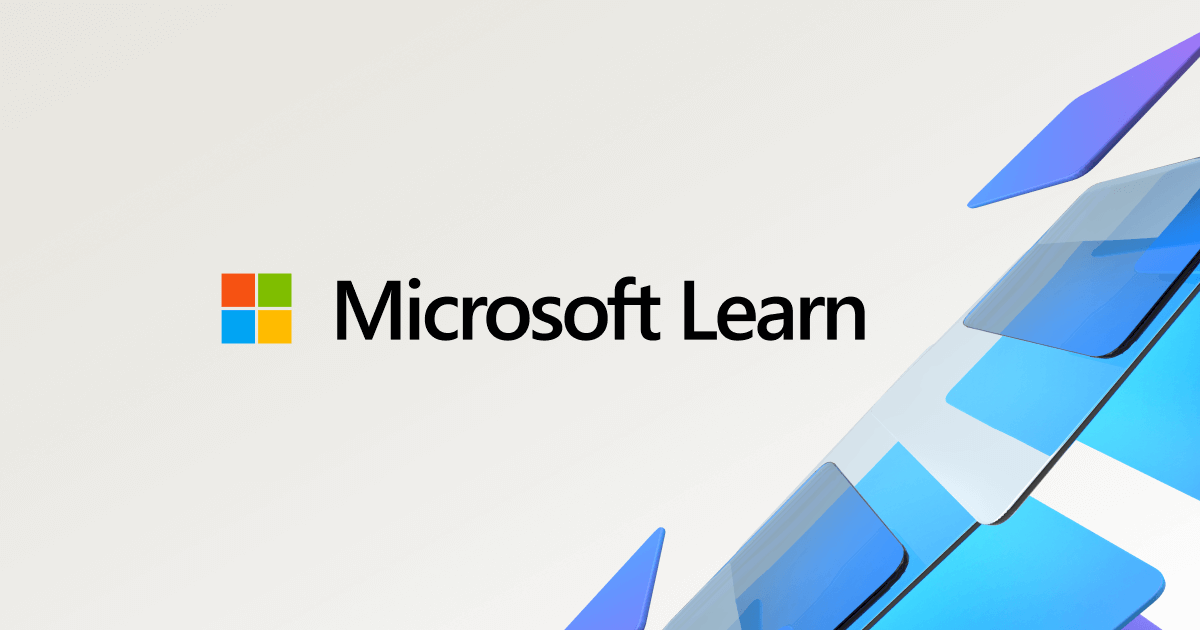
code.msdn.microsoft.com/en-us/powershell/module/exchange/New-MailboxExportRequest
Preview meta tags from the code.msdn.microsoft.com website.
Linked Hostnames
7- 8 links tocode.msdn.microsoft.com
- 5 links tolearn.microsoft.com
- 4 links togo.microsoft.com
- 1 link toaka.ms
- 1 link togithub.com
- 1 link totechcommunity.microsoft.com
- 1 link towww.microsoft.com
Thumbnail

Search Engine Appearance
New-MailboxExportRequest (ExchangePowerShell)
You can create more than one mailbox export request per mailbox, and each mailbox export request must have a unique name. Microsoft Exchange automatically generates up to 10 unique names for a mailbox export request. However, to create more than 10 export requests for a mailbox, you need to specify a unique name when creating the export request. You can remove existing export requests with the Remove-MailboxExportRequest cmdlet before starting a new request with the default request name <alias>\MailboxExportX (where X = 0-9). You need to be assigned permissions before you can run this cmdlet. Although this article lists all parameters for the cmdlet, you might not have access to some parameters if they aren't included in the permissions assigned to you. To find the permissions required to run any cmdlet or parameter in your organization, see Find the permissions required to run any Exchange cmdlet. You need to grant the following permission to the group Exchange Trusted Subsystem to the network share where you want to export or import PST files: To import PST files from the share: Read permission To save exported PST files to the share: Read/Write permission. If you don't grant this permission, you get an error message stating that Exchange is unable to establish a connection to the PST file on the network share.
Bing
New-MailboxExportRequest (ExchangePowerShell)
You can create more than one mailbox export request per mailbox, and each mailbox export request must have a unique name. Microsoft Exchange automatically generates up to 10 unique names for a mailbox export request. However, to create more than 10 export requests for a mailbox, you need to specify a unique name when creating the export request. You can remove existing export requests with the Remove-MailboxExportRequest cmdlet before starting a new request with the default request name <alias>\MailboxExportX (where X = 0-9). You need to be assigned permissions before you can run this cmdlet. Although this article lists all parameters for the cmdlet, you might not have access to some parameters if they aren't included in the permissions assigned to you. To find the permissions required to run any cmdlet or parameter in your organization, see Find the permissions required to run any Exchange cmdlet. You need to grant the following permission to the group Exchange Trusted Subsystem to the network share where you want to export or import PST files: To import PST files from the share: Read permission To save exported PST files to the share: Read/Write permission. If you don't grant this permission, you get an error message stating that Exchange is unable to establish a connection to the PST file on the network share.
DuckDuckGo
New-MailboxExportRequest (ExchangePowerShell)
You can create more than one mailbox export request per mailbox, and each mailbox export request must have a unique name. Microsoft Exchange automatically generates up to 10 unique names for a mailbox export request. However, to create more than 10 export requests for a mailbox, you need to specify a unique name when creating the export request. You can remove existing export requests with the Remove-MailboxExportRequest cmdlet before starting a new request with the default request name <alias>\MailboxExportX (where X = 0-9). You need to be assigned permissions before you can run this cmdlet. Although this article lists all parameters for the cmdlet, you might not have access to some parameters if they aren't included in the permissions assigned to you. To find the permissions required to run any cmdlet or parameter in your organization, see Find the permissions required to run any Exchange cmdlet. You need to grant the following permission to the group Exchange Trusted Subsystem to the network share where you want to export or import PST files: To import PST files from the share: Read permission To save exported PST files to the share: Read/Write permission. If you don't grant this permission, you get an error message stating that Exchange is unable to establish a connection to the PST file on the network share.
General Meta Tags
54- titleNew-MailboxExportRequest (ExchangePowerShell) | Microsoft Learn
- charsetutf-8
- viewportwidth=device-width, initial-scale=1.0
- color-schemelight dark
- descriptionYou can create more than one mailbox export request per mailbox, and each mailbox export request must have a unique name. Microsoft Exchange automatically generates up to 10 unique names for a mailbox export request. However, to create more than 10 export requests for a mailbox, you need to specify a unique name when creating the export request. You can remove existing export requests with the Remove-MailboxExportRequest cmdlet before starting a new request with the default request name <alias>\MailboxExportX (where X = 0-9). You need to be assigned permissions before you can run this cmdlet. Although this article lists all parameters for the cmdlet, you might not have access to some parameters if they aren't included in the permissions assigned to you. To find the permissions required to run any cmdlet or parameter in your organization, see Find the permissions required to run any Exchange cmdlet. You need to grant the following permission to the group Exchange Trusted Subsystem to the network share where you want to export or import PST files: To import PST files from the share: Read permission To save exported PST files to the share: Read/Write permission. If you don't grant this permission, you get an error message stating that Exchange is unable to establish a connection to the PST file on the network share.
Open Graph Meta Tags
6- og:typewebsite
- og:image:altMicrosoft Learn
- og:imagehttps://learn.microsoft.com/en-us/media/open-graph-image.png
- og:titleNew-MailboxExportRequest (ExchangePowerShell)
- og:urlhttps://learn.microsoft.com/en-us/powershell/module/exchangepowershell/new-mailboxexportrequest?view=exchange-ps
Twitter Meta Tags
2- twitter:cardsummary_large_image
- twitter:site@MicrosoftLearn
Link Tags
6- canonicalhttps://learn.microsoft.com/en-us/powershell/module/exchangepowershell/new-mailboxexportrequest?view=exchange-ps
- dns-prefetch//target.microsoft.com
- dns-prefetch//microsoftmscompoc.tt.omtrdc.net
- preconnect//mscom.demdex.net
- preload/static/third-party/adobe-target/at-js/2.9.0/at.js
Links
21- https://aka.ms/yourcaliforniaprivacychoices
- https://code.msdn.microsoft.com/en-us/Exchange/mail-flow/message-size-limits
- https://code.msdn.microsoft.com/en-us/Exchange/permissions/role-groups#add-a-role-to-a-role-group
- https://code.msdn.microsoft.com/en-us/dotnet/api/system.globalization.cultureinfo
- https://code.msdn.microsoft.com/en-us/exchange/filterable-properties-for-the-contentfilter-parameter